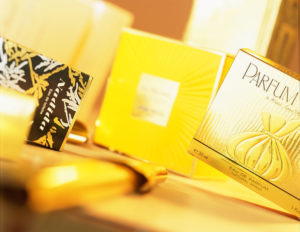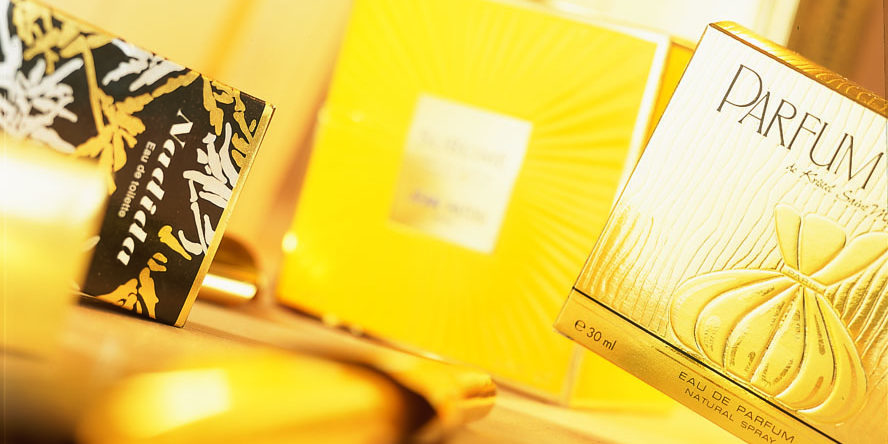
Lamination is the act of assembling two or more materials or supports together. There are 3 important parameters to consider: the “glue” used, the pressure and the temperature.
TYPE OF PROCESSES
It exists various processes, of which the following is a non-exhaustive list:
– Dry lamination: the process of dry lamination is the action of coating an adhesive on a support then drying it (evaporation of the solvents) and after drying to assemble it with the second support. In this case, the adhesives used are solvent-based adhesives (mono or bi-component) or in an aqueous phase.
– Wet lamination: the wet lamination is distinguished from dry lamination by the fact the supports are assembles before drying. In this case, paper-like “open” supports are required so that the solvents can be extracted. This technique is often used with aqueous glues.
– Solvent-less lamination: in this case, they are adhesives without solvent, that is to say adhesives with 100% solids. Be careful, a water-based glue and a solvent-free glue are two different types of adhesives. In the first case, it is a resin in solution in an aqueous phase (solvent = water) while in the second case, it is a resin with 100% active material (no solvent). Solvent-free glues often have a weaker green tack than solvent-based glues, which means that a third film can not be glued on at the same process (risk of film slipping). Nevertheless, with solvent-free adhesives, the machine speeds that can be reached are higher than with dry or wet lamination, so the productivity is greater. The solvent-free adhesives are coated with a 3 or 5 cylinder head.
– Thermolamination : it is a reactivation with the heat of the adhesive in order to laminate the 2 supports. Calendaring is done in hot conditions. The use of a hot-melt film may be used, so a film coated with a heat-activable varnish may be employed.
– Hot-melt lamination : the hot-melt bonding is carried out using a meltable thermoplastic adhesive (which can be reactivated). This type of adhesive exhibits a large tack in the molten state before solidifying. The coating system can be made by nozzles or engraved cylinders 1000 points.
– Extrusion coating lamination : in this process an extruder forces the molten thermoplastic resin through a die. The supports and the adhesive are pressed into a bonding station consisting of a large cylinder, a pressure cylinder and a water-cooled counter-pressure cylinder. The pressure exerted between the rolls makes it possible, with the temperature, to obtain the desired degree of adhesion.
Depending on the nature of the supports to be bonded, the method to be used may be different. For example, in the case of highly porous non-woven substrates, it may be preferable to produce the complex by hotmelt or extrusion because of the higher viscosity of the adhesive and thus to prevent the adhesive from flowing through the supports.
APPLICATIONS
Complex films are everywhere in our everyday life : food packaging, luxury packaging, insulation under roofing …


